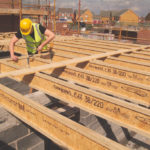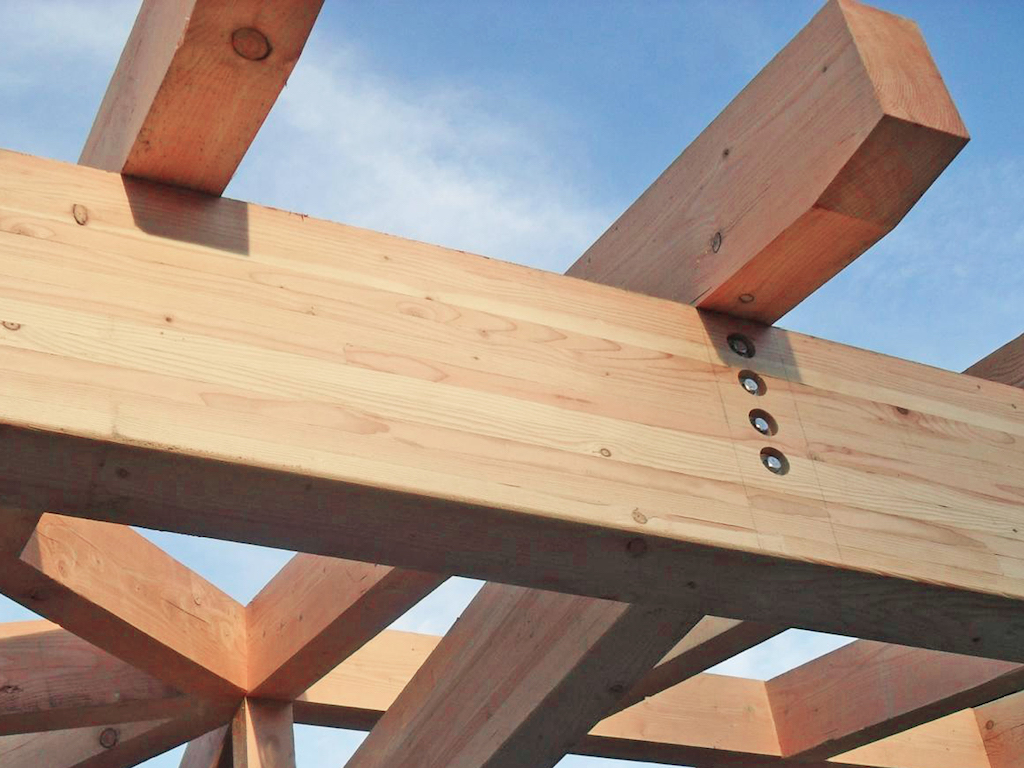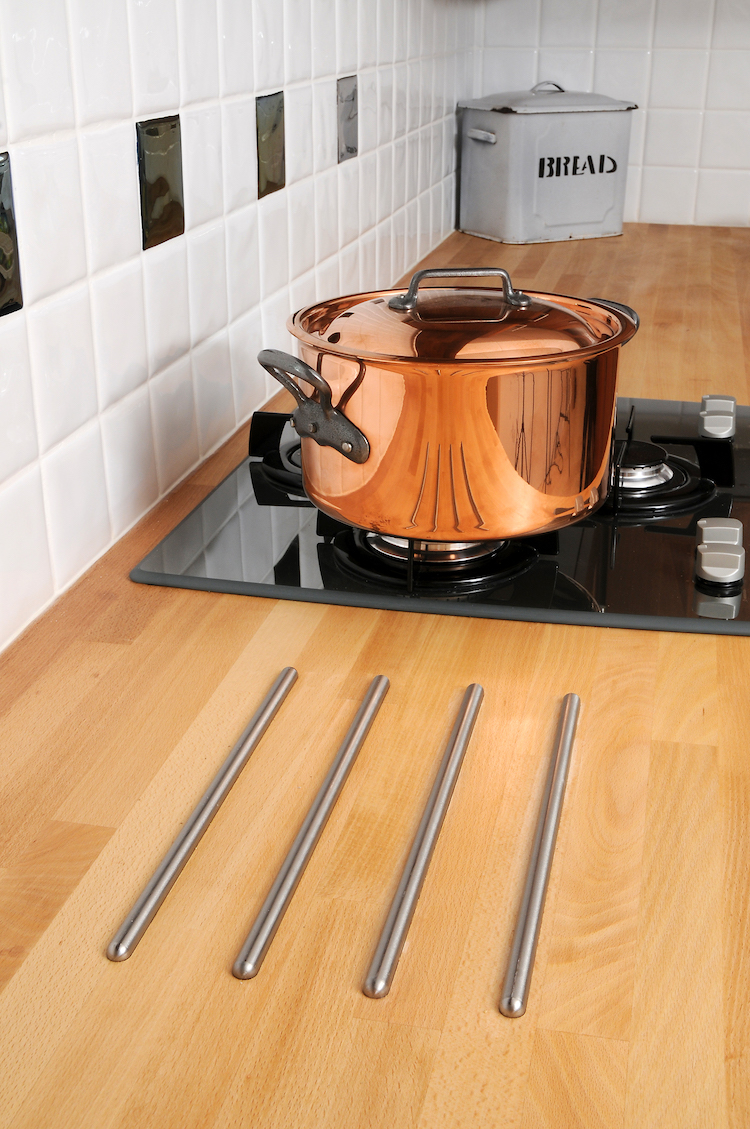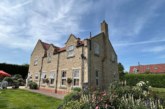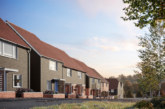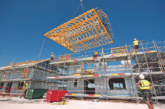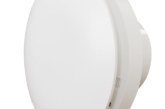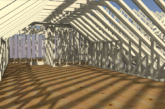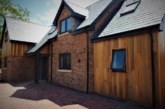Foremost among materials in short supply this year is timber, the one material whose source is all around us. Much has been said about the shortages, but here, the Timber Trade Federation takes an in depth look at what’s really going on with the timber market and explores the options available to housebuilders.
Once regarded as a commodity product in construction, timber is now a means of mitigating climate change, as it locks CO2 away in its fibre for the useful lifetime of the wood. It’s no wonder, then, that global demand for timber is at an all-time high, never before experienced by the trade. Factors beyond the shores of the UK are putting a strain on UK supply chains, including the uptick in demand in Europe and the USA, areas where timber-frame house building has ramped up on an unimaginable scale. Some European countries have implemented log export bans, adding to problems, and in the USA forward pricing of timber is higher than spot pricing, which suggests the general direction of travel on price in their markets and potentially beyond.
Add to this the knock-on effects from the pandemic, which have temporarily shut sawmills from time to time over the past year and more, the sudden huge rise in demand for timber for DIY projects and home-working offices during the past three lockdowns, plus the effects of Brexit on obtaining haulage to transport deliveries of timber, and it’s easy to see why shortages of some building-critical products have occurred.
Timber is coming into the UK – in fact, the volume of timber arriving during pandemic-hit 2020 was only a little short of the total imported in 2019. Yet timber product stocks, normally replenished over the winter months – when less building trade activity occurs – have not been rebuilt to their usual levels. Construction continued apace through the winter months as builders rushed to catch up in between lockdowns, further compounding supply issues. This means less availability of extra stock for builders’ merchants to spot purchase, in order to keep their shelves filled to formerly plentiful levels.
Timber products, such as OSB, P5 chipboard, and structural plywoods, are also in globally tight supply and likely to remain so, as there is little extra manufacturing capacity that can quickly open up the supply pipeline. I-joists and metal web joists are both made using structural timber and panel products, so supplies there too may remain constrained. Yet there is some light at the end of the timber tunnel. Whilst during this catch-up year we may all have to adapt to more advanced thinking and working methods, the strength of demand for building and retrofitting with timber means there’s likely to be plenty of work for the foreseeable future.
Branching out
Housebuilders who can demonstrate superior understanding of timber species and their uses, alongside their natural carpentry and joinery skills, will reap rewards from their wealth of knowledge. Hardwoods for the kitchens market are an illustration. Hardwood worktops now come in a range of different species from lighter-shade timbers like Beech to FSC-certified tropical hardwoods. If Oak supplies are difficult, can another species take its place, depending on the application? Sustainably grown hardwoods, such as Red Grandis from Uruguay, offer options when it comes to skirtings and architraves, for example. Laminated hardwoods are available for applications like stair newels and windows. Expanding your choices beyond familiar species will make life on site infinitely easier.
Another area of advice through which builders can underline their credentials to homeowners is through the correct use of both products and language when it comes to ‘treated timber’. This summer a new Code for Construction Product Information will start rolling out from suppliers to merchants and into the building sector. This means that old, non-specific terms such as ‘green treated’ will disappear. Factually correct terminology will take their place.
Timber treated to Use Class 2 is only suitable for internal use, or where the only likelihood of the timber getting wet is, say, through an occasional leaking pipe. Timber treated to Use Class 3 is for use outside but above ground e.g., as shed cladding or decking boards. Anything which either sits on or is used in the ground, such as the sub-frame of a timber deck, must have received a Use Class 4 level of timber treatment.
Although it may look the same, not all ‘treated timber’ at the builders’ merchant has had the same level of preservative treatment loaded into the wood. If you want the timber to last for your homeowner, then ask the merchant for timber treated to the correct Use Class.

